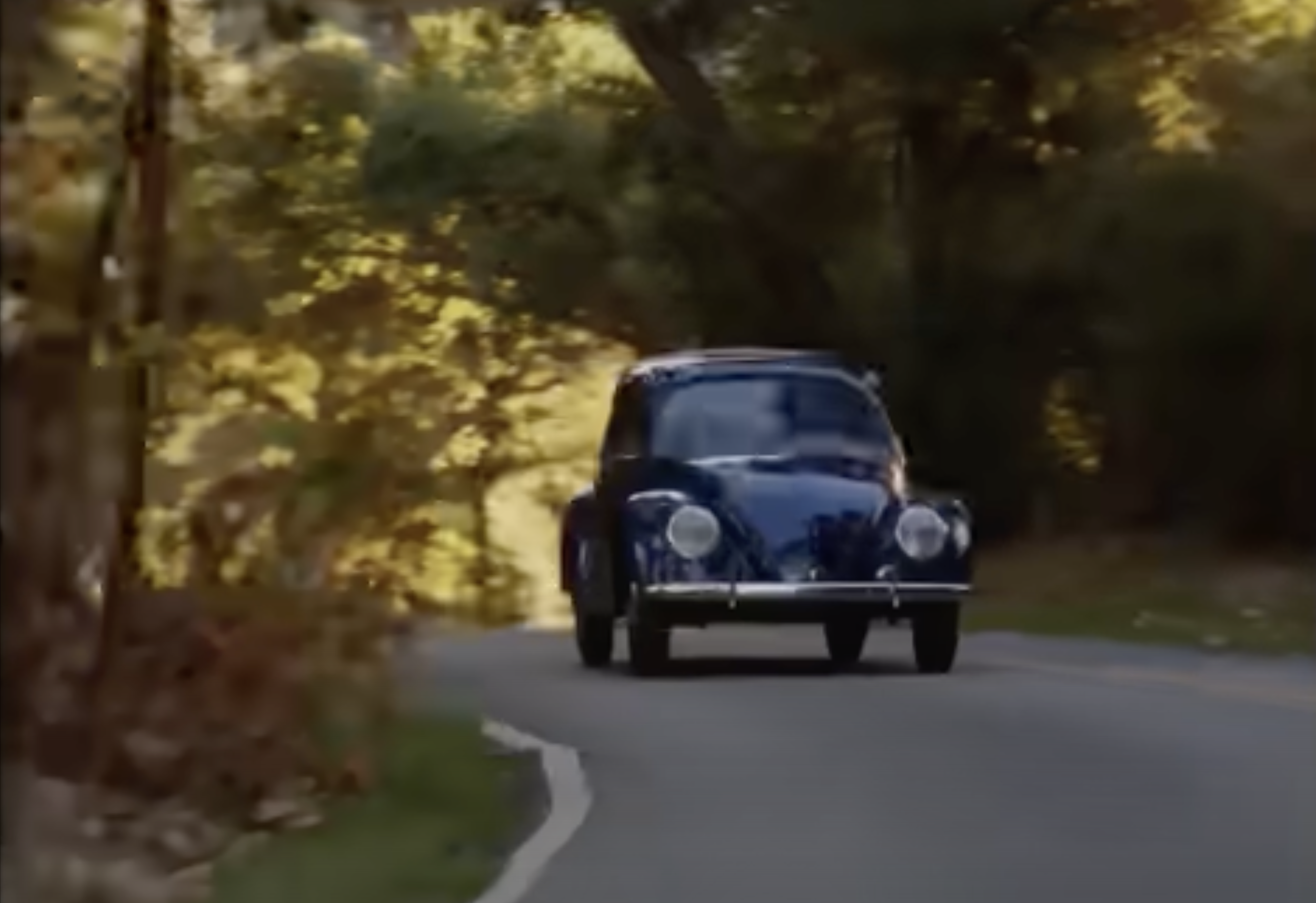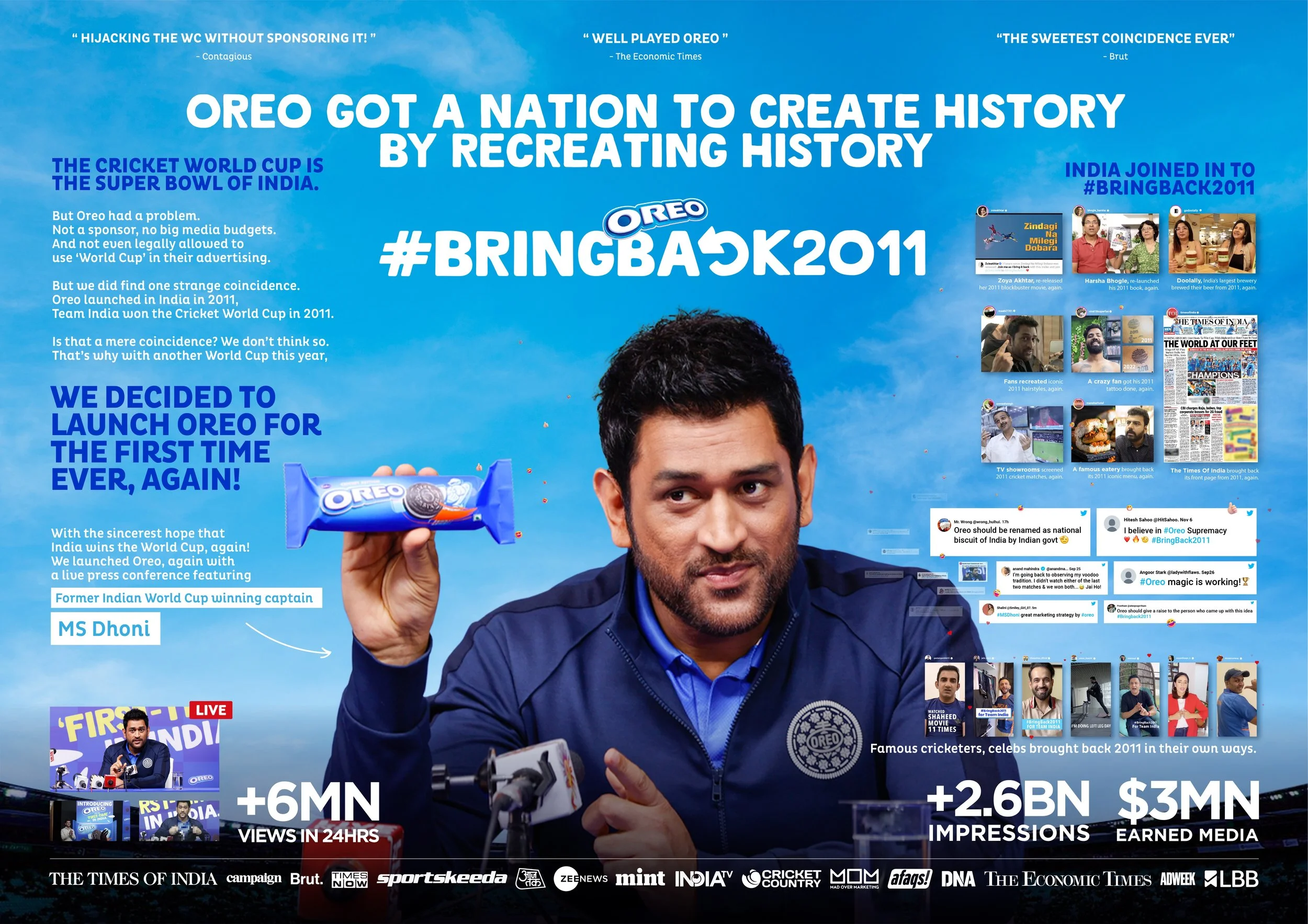Hit Play on the Past: The Power of Nostalgia in Advertising
How brands blend memories into present trends to elevate marketing messaging.
Image Courtesy: Jon Tyson, Unsplash.com
What is Nostalgia?
What did you do yesterday? Last week? Last year? And how often does your mind return to those memories?
As humans, we cherish moments where we’ve felt warmth, belonging, and happiness. These memories are times when we felt on top of the world, nervous but excited, anxious but free. Even the tough moments of failure, sadness, or grieving stick around because they shape who we are.
Everyone has a memory tied to an emotion, and often, we find ourselves wishing we could go back. While it’s important not to live in the past, it’s comforting to experience small reminders of what once was.
This is nostalgia, one of the most powerful emotions humans can experience. It intertwines happiness with longing, allowing us to revisit a specific time in our lives through scent, sound, or even taste.
For me, nostalgia is not just major life events, but small sensory triggers: the laundry detergent my mom has used for decades that still lingers on my old volleyball jerseys; plain white bread toast with absurd amounts of chocolate sprinkles my Dutch grandpa used to make; or any song from 2012 that reminds me of the poorly choreographed dance routines I’d create for my younger sister to perform. Each of these examples instantly brings me comfort, joy, and a sense of home.
And brands know that.
Why Nostalgia Works in Advertising
Brands often leverage nostalgia as a marketing tool. They create a sense of familiarity by tapping into the comfort of our past to influence how we feel about their products in the present. Nostalgia isn’t just a trend; it sells.
Recent studies show that 75% of consumers are more likely to buy products when ads evoke nostalgia.
Instead of talking at their audience, brands utilize nostalgia to connect with them. This is a clever emotional marketing strategy, and it’s one where consumers don’t feel pressured to buy something but instead see themselves within the brand's story.
The key isn’t replication, it’s reimagination. Brands that successfully leverage nostalgia don’t aim to recreate the past; they aim to reinterpret it in their own language. This way, there is a blend of familiarity with freshness.
Examples of Nostalgia in Action
Volkswagen: “A Love Letter to America” (2024 Super Bowl Ad)
Volkswagen created a heartfelt campaign that felt less like advertising and more like a thank-you note, reminding us they have been a part of our story all along. Image via Just Jared, from Volkswagen Super Bowl Commercial 2024: Vintage Beetle Tribute ft. Neil Young (Volkswagen USA, 2024).
Volkswagen’s 2024 Super Bowl commercial celebrated its 75-year-long journey in America. Titled, “A Love Letter to America,” the ad included historic footage, pop culture moments, and milestones – from the first Beetle to the “punch buggy” scene from The Simpsons.
By capturing everything from weddings to road trips to family gatherings, Volkswagen reminded viewers how deeply its cars have been part of American culture. This ad didn’t just promote their vehicles; it succeeded in reigniting affection for the brand, while also touching their audience through automotive milestones.
McDonald’s: The “McDonaldland Meal” (August 2025)
McDonald’s brought back McDonaldland from the 80s, reigniting vintage charm in their brand. Images from McDonald’s “Discover McDonaldland” campaign (2024), featuring artwork from the original 1970 McDonaldland Specification Manual.
In August 2025, McDonald’s brought back a childhood classic with its “McDonaldland Meal.” The promotion featured collectible items like stickers and postcards inspired by the fantasy world’s characters, such as Grimace and Birdie.
The campaign revived the brand’s 1971 “McDonaldland” fantasy world, tapping into positive, nostalgic memories for older consumers who grew up with it while also introducing a vintage, retro-style aesthetic for newer generations. This marketing style proved how powerful nostalgia can be when brands bridge the gap between generations.
Heineken x Bodega: “The Boring Phone”
Heineken x Bodega’s “Boring Phone” campaign proved that less tech can make a brand feel more human. Image from Heineken’s 2024 “The Boring Phone” campaign, created in collaboration with Bodega to promote digital detoxing.
Heineken took nostalgia in a different direction with “The Boring Phone” campaign, created with streetwear retailer Bodega and agency LePub (Publicis Groupe).
They created limited edition “dumb phones” which had no maps, social media, or apps. It had one week of standby time and 20 hours of talk time. The campaign encouraged people to “unplug” and live in the moment, inspired by the Y2K era before smartphones were attached to our hips.
A Heineken-sponsored survey revealed that 90% of Gen Z and Millennials doomscroll while socializing.So, Heineken flipped the script. They showed short 15-second ads of friends ditching their smartphones to enjoy a Heineken together. This campaign was not just about selling beer, but selling a connection, something everyone has been nostalgic for in today’s digitally driven world.
Oreo: #BringBack2011 (India, 2022 Campaign)
Oreo tapped into India’s sweetest memory and advertised rewriting history all over again. Image from Oreo – #BringBack2011 campaign (2022), featuring MS Dhoni. Mondelēz International.
Oreo’s #BringBack2011 campaign in India turned nostalgia into a nationwide celebration.
When Oreo re-entered the Indian market, it deleted all its social media and relaunched as if it were 2011, the year both Oreo and India’s cricket team first made the headlines together. Oreo was a genius in this campaign, as it tied their brand to Indian identity revolving around the sport.
The response was overwhelming and fueled the entire campaign. When Oreo placed itself at the heart of India’s desperation for another World Cup victory, the cookie became a “lucky charm” or “beacon of hope” tied to national superstition and pride. The movement had others re-release 2011 movies and books, creating a nationwide cultural movement. Whether or not Oreo’s campaign helped India win the Cup that year is up for debate, but its nostalgic impact was impossible to ignore.
Why It Matters
Nostalgia matters because it reminds us who we are. It regulates our emotions and connects us to a time in our lives that helped shape our identity. When brands utilize it authentically, they allow us to reconnect with that familiar sense of comfort and familiarity all over again.
Nostalgia is powerful because it is human. It reminds us that every day we are creating memories that we’ll one day long for. When brands can replicate that same emotion, they bridge the gap between past and present. That connection creates something personal, which makes the campaign more than just marketing.
-Kelsey Klungel-






